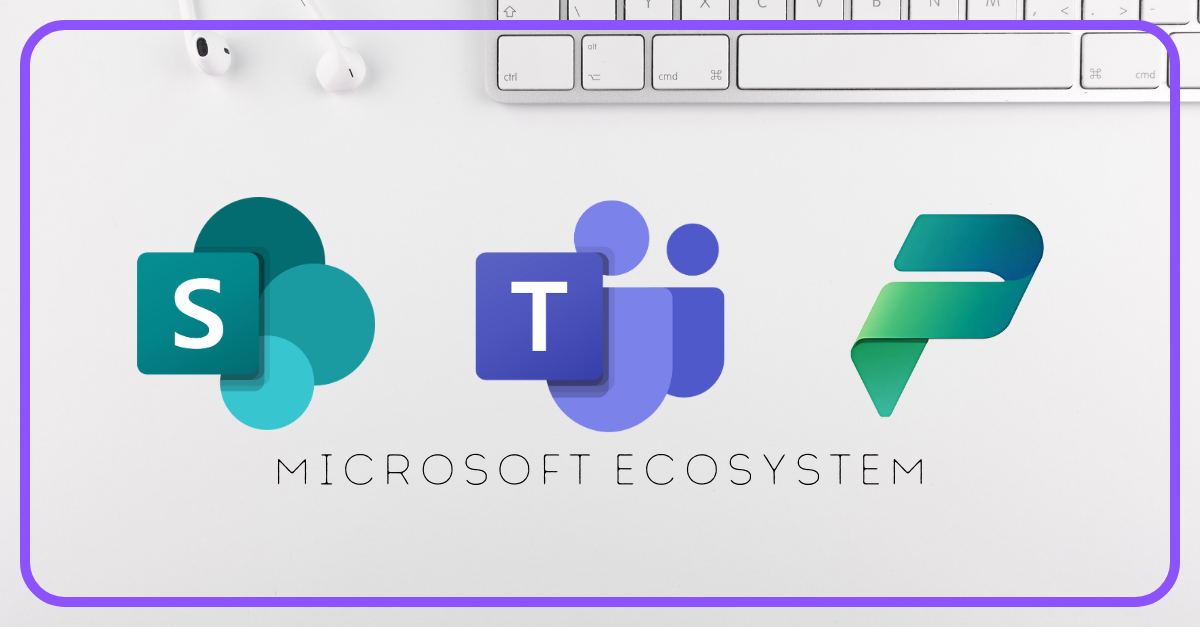Understanding Common Microsoft 365 Adoption Questions
Introduction
As organizations adopt Microsoft 365 tools like Teams, SharePoint Online (SPO), and the Power Platform, common questions often arise. These typically center around collaboration, security, lifecycle management, and licensing. Below are some of the top questions we frequently hear from users and administrators.
Microsoft Teams
How do I manage guest access without compromising security?
Ensuring external users can collaborate while keeping sensitive content protected.Can I archive a Team without deleting its content?
Understanding data retention and team lifecycle management.How do permissions differ between Owners, Members, and Guests?
Clarifying role-based access and control in Teams spaces.
SharePoint Online (SPO)
How do I safely share documents with external users?
Balancing collaboration and data security.What’s the difference between a Communication Site and a Team Site?
Choosing the right site type for organizational needs.How do permissions inheritance and unique permissions work?
Managing site and document-level access effectively.
Power Platform
What licensing do I need to use premium connectors?
Understanding licensing impact on solution scalability.How do I manage environments and their security?
Structuring environments to control development, testing, and production access.How do I control user permissions to apps, flows, and Dataverse tables?
Applying role-based security to manage who can view, edit, or run solutions.
Closing
These questions represent just a few of the critical considerations organizations face when deploying Microsoft 365 tools. Addressing them early helps promote adoption, manage risk, and empower teams to get the most value from their digital workplace.

